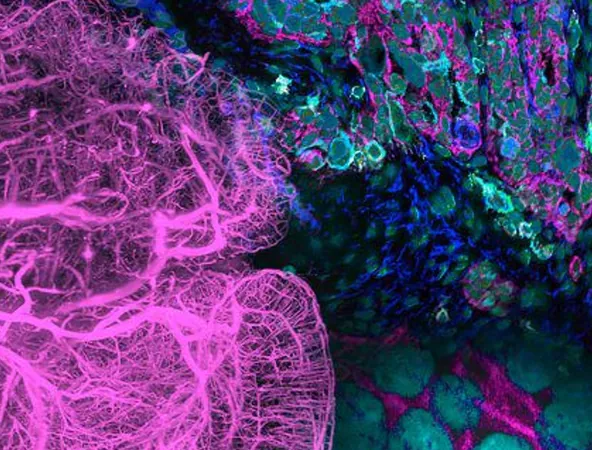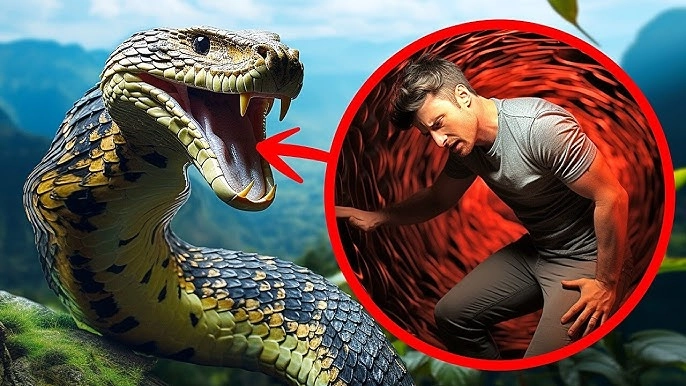
Breaking Boundaries in Spatial Biology: A Revolutionary Look at 2D and 3D Landscapes
2025-01-10
Author: Rajesh
Introduction
In the ever-evolving realm of spatial biology, researchers are pushing the limits of our understanding of biological processes by examining them in the context of their spatial environments. This holistic approach involves scrutinizing how molecules, particularly proteins and RNA, are organized and interact within cellular tissues, opening new frontiers in biomedical research.
Advancements in Techniques
Recent advancements have bridged the gap between traditional techniques, like immunohistochemistry, and cutting-edge high-throughput methods such as transcriptomics and proteomics. While RNA analysis has long been a staple in biological research, high-plex proteomics is gaining momentum, revealing critical insights that RNA data alone cannot provide. These insights are pivotal for understanding various biological mechanisms, including: - How cancer cells adapt and interact within their microenvironments - The functionality of the immune system across different tissue types - The development of targeted drugs that hone in on specific cell types and their interactions
The Shift to Multiomics
Until quite recently, spatial biology predominantly relied on single omics approaches, using either transcriptomics or proteomics independently. However, the advent of multiomics platforms has transformed this landscape, allowing for the simultaneous analysis of multiple biological layers. Researchers can now perform high-plex transcriptomics alongside focused proteomics, leading to a more comprehensive understanding of biological systems.
Future Innovations
The future appears poised for even greater innovation, with the potential of integrating various techniques to provide a robust picture of gene and protein expression within specific tissue sections. This layered approach will enable a more profound grasp of cellular processes and their implications for health and disease.
Cutting-edge Modalities
Moreover, cutting-edge modalities like light sheet microscopy are enhancing spatial biology's toolkit, enabling scientists to investigate intricate 3D samples, including whole mouse models, in remarkable detail. This technology allows researchers to dissect the complex architecture of samples and observe the dynamic interactions of proteins and RNA within their native environments.
Conclusion
As the field continues to evolve, researchers are urged to explore solutions that integrate reliable reagents with innovative instrumentation and software. With these advancements, the potential to revolutionize our scientific understanding and clinical practices in treating complex diseases is immense. The future of spatial biology is not just bright—it’s transformative! Stay tuned for more sensational breakthroughs that could change the face of medicine as we know it!


 Brasil (PT)
Brasil (PT)
 Canada (EN)
Canada (EN)
 Chile (ES)
Chile (ES)
 Česko (CS)
Česko (CS)
 대한민국 (KO)
대한민국 (KO)
 España (ES)
España (ES)
 France (FR)
France (FR)
 Hong Kong (EN)
Hong Kong (EN)
 Italia (IT)
Italia (IT)
 日本 (JA)
日本 (JA)
 Magyarország (HU)
Magyarország (HU)
 Norge (NO)
Norge (NO)
 Polska (PL)
Polska (PL)
 Schweiz (DE)
Schweiz (DE)
 Singapore (EN)
Singapore (EN)
 Sverige (SV)
Sverige (SV)
 Suomi (FI)
Suomi (FI)
 Türkiye (TR)
Türkiye (TR)
 الإمارات العربية المتحدة (AR)
الإمارات العربية المتحدة (AR)